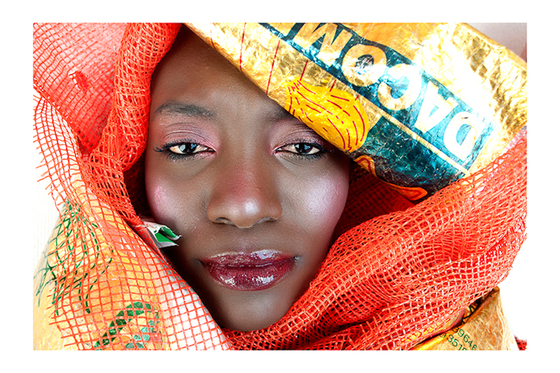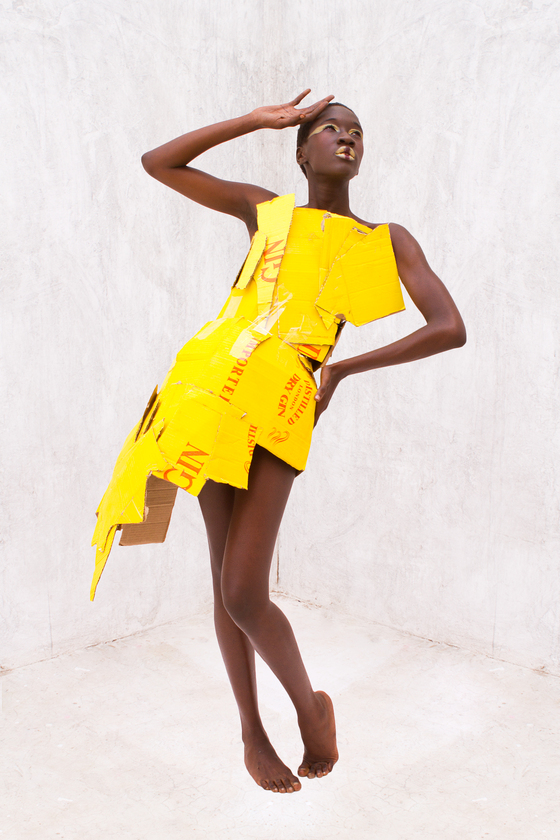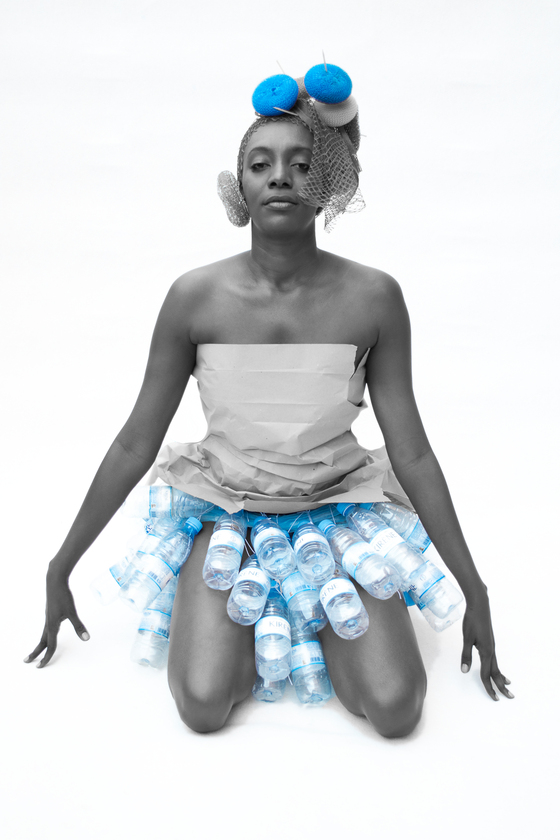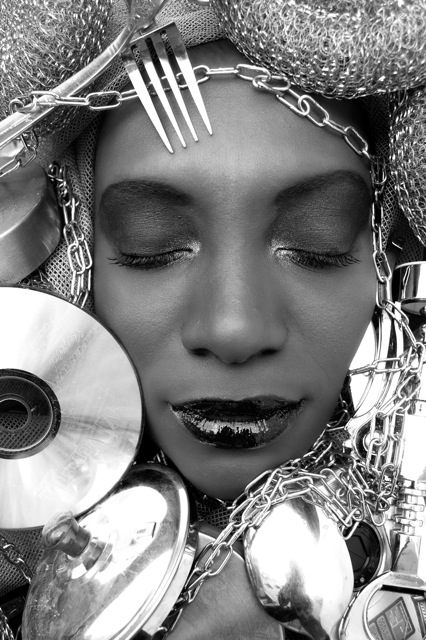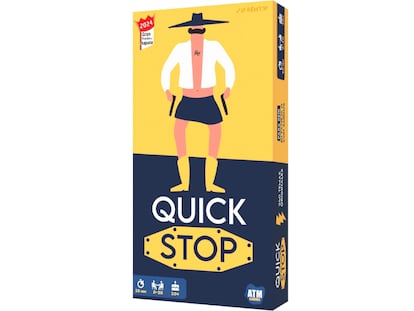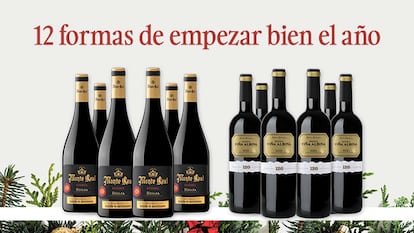The future of beauty
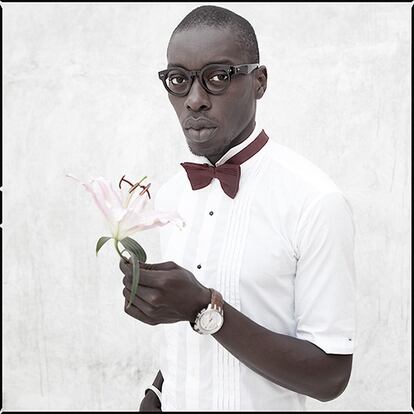
Omar Victor Diop, by Antoine Tempe
Dakar is a city where dreams and trash mingle freely, where glamour, glitter and garbage live side-by-side unnoticed. In what locals call 'onion valley', the old part of the city centre where trucks of onions are unloaded in the early morning and men pushing wheelbarrows take them off for trade throughout the city's markets, a lady tip-toes through the debris left by the onion traders, her shoes beautifully lacquered and pointed at the toes, her golden heels picking their way through the debris. She is dressed like every other woman in Dakar, in finely-embroidered cloths, tailored for her style, a colourful cloth wrap carefully tied around her head. The streets and their piles of rubbish don't seem to bother her.
Fotos www.omarvictor.com
Omar Diop, who is currently exhibiting his work at the Rencontres des Arles, the pinnacle of the international photography circuit, and will soon be exhibiting as part of the Brussels Summer of Photography festival, wanted to have his say on the discourse regarding the environment and sustainability. "People have become insensitive to this whole discourse because they've been hearing it for ever," he says at his home in Dakar. "We all know that over-using plastic and discarding it everywhere is not good. We all hear this, we've been hearing it for the last 20 years. But actually I think that when people see these messages, it's like the health warnings on cigarettes, you don't see them at some point and it means that the discourse probably needs to change."
And so he set about photographing the series 'Fashion 2112', in which a single model wears outfits made entirely from rubbish and items he found in his kitchen. In classic 'Vogue' style pose, the model wears a dress made from a cardboard gin box; in another she looks seductively at the camera whilst wearing a dress made from paper bags and empty water bottles. On her head she wears an elegant headpiece made from scrubbing pads, wash rags and wooden barbecue skewers. In another, the model poses glamourously with an orange and gold cloth on her head. This is actually an onion sack that he found in his mother's kitchen. "I washed it five times," he laughs, "but it still smelt like onions." The result is sharp make-up, fabulous styling, and highly-glossy images that are a complete contradiction to the content: a woman wearing trash.
"This is a project about the future of beauty standards," says Omar. "I try to figure out what would be considered elegant if all these things that we currently value were to disappear, if we were living in a world where there was no gold anymore, no cotton, no pearls." His message is not just about the environment but about the way in which we consume products. "There there might be other ways to consume products and value products, and what would be the fashion standards then?So I started imagining this elegant woman of 2112 who gets dressed from what we currently call trash..."
Omar's trick is to use the visual codes we associate with fashion magazines. "Having it very clean and very sexy, I think it can help change the tone, capturing the attention of the public in a different way. I didn't want to do a documentary which would be darker and that just a small portion of the public would look at. I wanted to experiment with new ways of talking about something which is not fun but which is real, which is the sustainability issues we have as humans on earth".
Tu suscripción se está usando en otro dispositivo
¿Quieres añadir otro usuario a tu suscripción?
Si continúas leyendo en este dispositivo, no se podrá leer en el otro.
FlechaTu suscripción se está usando en otro dispositivo y solo puedes acceder a EL PAÍS desde un dispositivo a la vez.
Si quieres compartir tu cuenta, cambia tu suscripción a la modalidad Premium, así podrás añadir otro usuario. Cada uno accederá con su propia cuenta de email, lo que os permitirá personalizar vuestra experiencia en EL PAÍS.
¿Tienes una suscripción de empresa? Accede aquí para contratar más cuentas.
En el caso de no saber quién está usando tu cuenta, te recomendamos cambiar tu contraseña aquí.
Si decides continuar compartiendo tu cuenta, este mensaje se mostrará en tu dispositivo y en el de la otra persona que está usando tu cuenta de forma indefinida, afectando a tu experiencia de lectura. Puedes consultar aquí los términos y condiciones de la suscripción digital.
Archivado En
Últimas noticias
Campesinos, maestros y mineros protestan en Bolivia contra la eliminación de las subvenciones a la gasolina
Estados Unidos aplaza nuevamente la audiencia de Ovidio Guzmán
Boric y Kast chocan por el ataque militar de Trump a Venezuela
La derecha colombiana se divide frente a las amenazas de Trump para sacar a Petro del poder
Lo más visto
- Un juez de 92 años nombrado por Clinton se encargará del juicio a Maduro en Nueva York
- El PP defiende ahora que “hay dudas sobre si se ha infringido el Derecho Internacional” en Venezuela
- Últimas noticias de Venezuela tras la detención de Maduro, en directo | Estados Unidos inicia los preparativos para reabrir su Embajada en Caracas
- Delcy Rodríguez tiene vetada la entrada a la UE “por violaciones graves de los derechos humanos”
- Xi Jinping se pronuncia de forma velada sobre Venezuela: “Las prácticas de intimidación hegemónica afectan gravemente al orden internacional”
